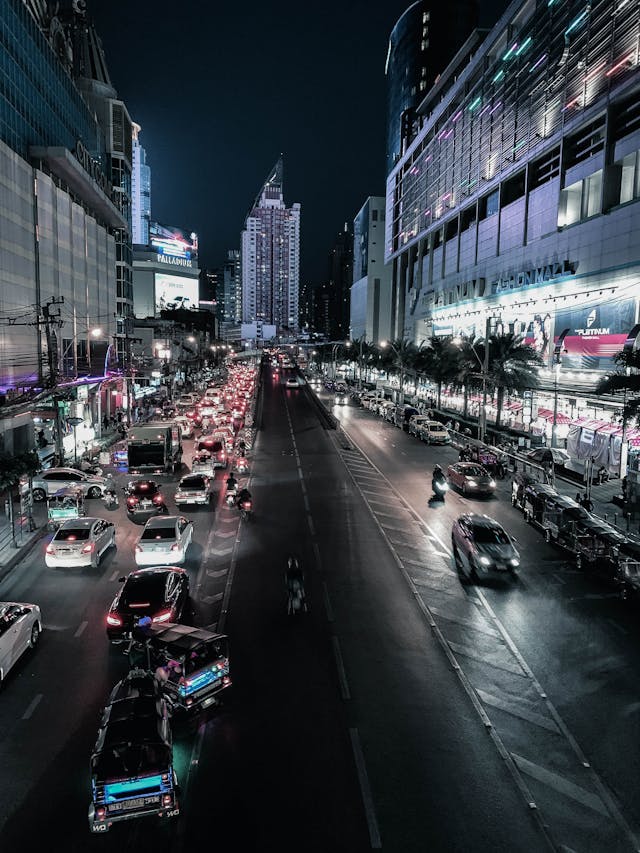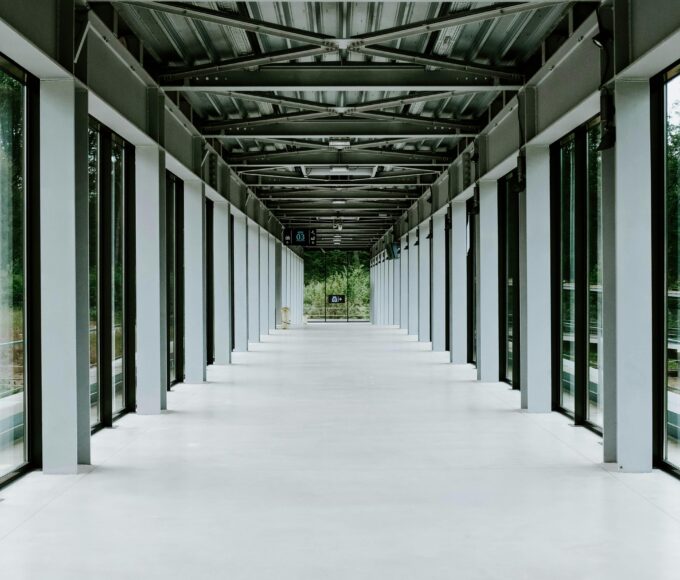Public transport networks are struggling against a range of issues in high speed cities today. With congesting traffic and rising populations there is ever increasing demand for smarter, more efficient transport. Citizens want faster, more reliable transportation and governments want fewer emissions and less traffic. To meet all these demands, public transport systems are turning towards Artificial Intelligence (AI). AI is offering robust tools to improve public transport by making it more efficient, responsive and environmentally friendly. Through better planning, real-time optimization and forecasting analysis AI is shaping the future of public transportation.
The Role of AI in Contemporary Transportation
Artificial Intelligence is helping contemporary public transport by leveraging data more intelligently. Transport systems collect enormous amounts of data from ticket sales, GPS, cameras and passenger apps. Prior to AI much of this information could not be used in its entirety due to the complexity and rapid pace at which it arrived for analysis by human means. AI flips this on its head by scanning millions of points of data speedily and with precision. It detects patterns of travel, anticipates demand and recommends optimizations automatically. Machine learning algorithms improve with time to assist cities in making smarter, faster and more economical transport networks. AI also enables transport agencies to plan for the long term more effectively by providing them with clear signals about trends such as shifting commuter routes or seasonal traffic patterns.
Optimizing Route Efficiency and Reducing Delays
Perhaps one of the biggest contributions of AI is that it can optimize the routes of public transport. Formerly bus and train routes used to be designed on the basis of fixed schedules that did not necessarily take into consideration real world conditions. Now AI can redirect based on current data like traffic jams, road blockages, accidents and even weather conditions. If a major road is closed AI can quickly provide an alternate route for buses to keep them moving. In countries like Australia governments and private companies are using intelligent systems to tackle growing urban demands. There are individual traffic AI Australia initiatives that are showing us how AI can predict traffic jams ahead of time and route cars around them. This tech not only saves time but also renders public services more predictable, encouraging individuals to commute on buses, trains and trams instead of personal cars.

Dynamic Scheduling Based on Real-Time Demand
AI is also revolutionizing how public transport is scheduled. Rather than rigid schedules AI systems accommodate flexible real-time scheduling according to passenger demand. In case there is an unusual influx of passengers following an event or during a bad weather day AI can include additional buses or trains within the system. Off-peak periods can have their services reduced to save money and energy. This dynamic model is for everyone: passengers get better service when they want it and operators save money in off-peak times. Mobile apps and smart ticketing systems provide real-time feedback to AI systems so alterations can be made almost instantly.
Passenger Experience using Predictive Analytics
Yet another area where AI is making a difference is passenger experience. Using predictive analytics, AI is able to forecast delays, breakdowns or traffic jams even before they happen and alert passengers in real-time. Using mobile apps, commuters are able to get information on arrival time, seat availability and service disruption. They can also get personalized travel advice depending on their habits such as the fastest way home or alternative transport modes in the event that their regular service is unavailable. AI also prevents problems from occurring by foreseeing maintenance needs for buses, trains and roads. By fixing problems early enough, transport systems can avert unexpected breakdowns that would otherwise enrage commuters. Overall, AI-powered predictive analytics is a smoother and more reliable ride for everyone.

Sustainability and Environmental Benefits
Aside from accelerating and making transport more reliable, AI also has a big role to play in making it cleaner. Smart routes and better scheduling means cars traveling less and polluting less. If public transport is efficient and convenient, then more people will leave their own vehicles in the garage. AI can also streamline fleets of electric buses and trains by predicting where and when to charge and routing for optimal battery use. In the long run, cities employing AI in public transport systems will be more likely to meet environmental targets, reduce air pollution and create healthier city environments. With the progress of the technology, its contribution towards enabling sustainability goals will be more in the future, helping build cleaner and livable cities for the future.

















Leave a comment